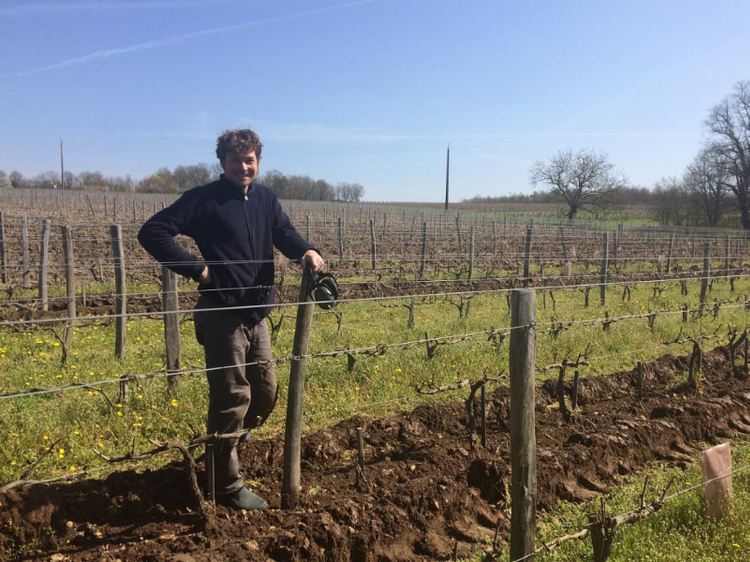Chenin Blanc from France’s Loire Valley: This is a connection of location and grape variety that yields some of the world’s best white wines.
Yet, as I’ve often complained before, quality Chenin Blanc doesn’t get the same respect – except among a small but happy niche of knowing enthusiasts – as the best Rieslings and Chardonnays.
What’s more, there’s been a serious drought of quality Loire Chenin Blanc at local wine shops, although happily that’s changing somewhat, particularly if I troll the shelves reserved for natural, organic, and biodynamic wines.
As I observed last March when we devoted our WineLovers Discussion Group’s monthly Wine Focus on Chenin Blanc from the Loire Valley’s Vouvray and Montlouis regions, Chenin Blanc presents us with a conundrum: It is one of the world’s most widely planted wine grapes. But the vast bulk of all that production worldwide is industrially grown and ends up, often anonymously, as part of lackluster mass-market jug wines with no varietal character.

Xavier Weisskopf, founder and wine maker at Le Rocher des Violettes, surveys his tiny plot of pre-World War II Chenin Blanc vines in Montlouis-sur-Loire.
Yet grown in proper soil like the Loire’s sand and flint mix called “silex,” nurtured in the vineyard and handled smartly in the winery, it produces indisputably great wines: sumptuously sweet wines, excellent dry whites, and engaging softly-sweet in-between wines known as moelleux. And, as if to demonstrate its variability, it also turns up in Cremant de la Loire, a fine sparkling wine that can stand up against Champagne.
Chenin Blanc is the most widely planted grape in South Africa, where it’s historically known as Steen and is said to make up nearly one-third of the nation’s plantings. It’s popular in California, where there’s more of it grown than in all of France, though most of it is destined for jug wines. South of the Equator, Chenin Blanc is popular in Argentina, and it’s at least a niche player in Australia and New Zealand.
“Taste a few really good Chenin Blancs,” I wrote in the introduction to that Wine Focus month, “and chances are you’ll become a convert.” Today’s featured wine could be a good place to begin. Rocher des Violettes “Les Borderies” Montlouis is made entirely from certified organically grown Chenin Blanc from 50-plus-year-old vines in the Montlouis-sur-Loire region on the south bank of the Loire, directly opposite the perhaps more familiar Vouvray.
Sorry, my tasting report this week is limited to paid-tier subscribers, whose support makes it possible for me to purchase more costly wines like this one. I’d love it if you would consider subscribing for full access to all my tasting reports!

Support The 30 Second Wine Advisor with your paid-tier subscription. For $5 per month or $50 for a year (a 17% saving), you’ll receive additional wine notes funded by your subscriptions, gain quick direct access for wine-related questions, and receive other benefits.




